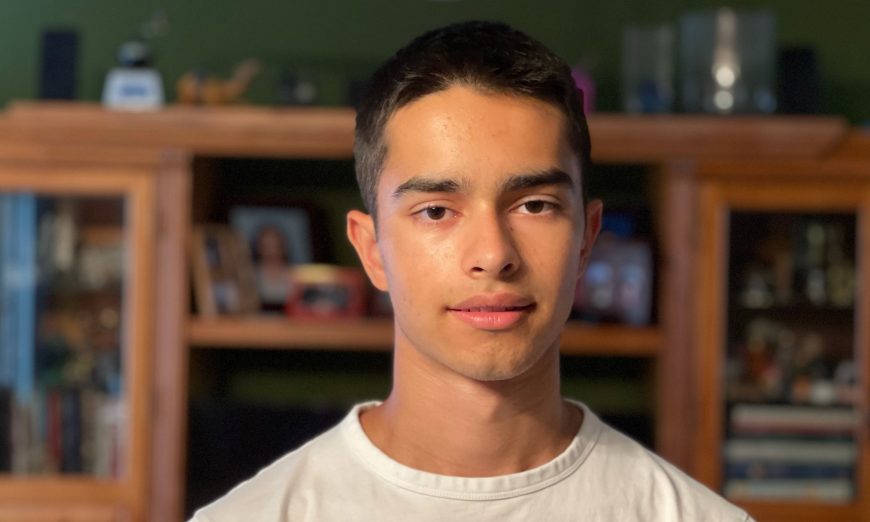Surya Tallavarjula, 17, came in first place in the Xylem Global Student Innovation Challenge in the high school division. He won $5,000.
Tallavarjula’s project was an app and website he created called “Urban Predictive Learning Implemented Flood Tracking.” Because the project entails the prediction of floods, it falls into the categories of earth science and meteorology.
“Basically, Xylem gives multiple problem statements that competitors attempt to solve,” Tallavarjula said. “I chose to tackle the flood-related problem. The challenge required me to develop a machine learning model that trains on existing data and predicts flood events.
“We were given data, in 15 minute intervals, regarding gage height (height of the water surface in feet above the established stream bed), discharge (the amount of water that passes through a cross section) and details about rainfall and flooding reports,” Tallavarjula continued. “They gave data that covered 761 days and every 15 minutes. So basically there were 73,000 data points in total.”
Tallavarjula used the data provided to assess the potential for severity in the flooding. He created a model, which is the coding aspect of his project, and developed a web site from this work.
“The model shows how data we receive can be used to tell what kinds of floods will occur,” Tallavarjula said. “It can determine whether flooding is expected and what the intensity of the flooding is. In the future, it can also help with providing flood warnings. The model focuses on data from the water shed Fanno Creek Hydrological Unit near Portland, Oregon. This is where the data Xylem provided was produced.”
On Tallavarjula’s website and app, which is still a work-in-progress, a user can input rainfall in gage height and discharge, submit these details, and the output would show the flood predictions-whether there would be no flooding or minor, moderate and severe flooding.
“I also included a page with flood safety tips from the National Center for Environmental Health,” Tallavarjula said. “One tip encourages people to gather emergency supplies, including food and water and store at least a three-day supply of food and water for each person. Another tip is, if evacuation is necessary, to turn off all utilities at the main power switch and close the main gas valves. One more tip is to leave the area subject to flooding, such as low spots, canyons and washes. There is also a page on my web site that includes flood-related terminology.”
Tallavarjula, a Wilcox High School student, credited a couple of his teachers for motivating him.
“My computer science teacher, Jeff Muralt, encouraged me to work on programming for this project,” he said. “My calculus teacher, Craig Hedlund, helped me to think critically about the mathematical aspects of my project.”
Tallavarjula shared his goals for future work.
“When there are long periods of drought and then intense periods of rainfall, flooding is likely to occur with overflowing rivers,” Tallavarjula said. “Predicting these floods is what I would like to work on in the future.”







Excellent work, Surya…congratulations!
Excellent work, Surya! Congratulations!